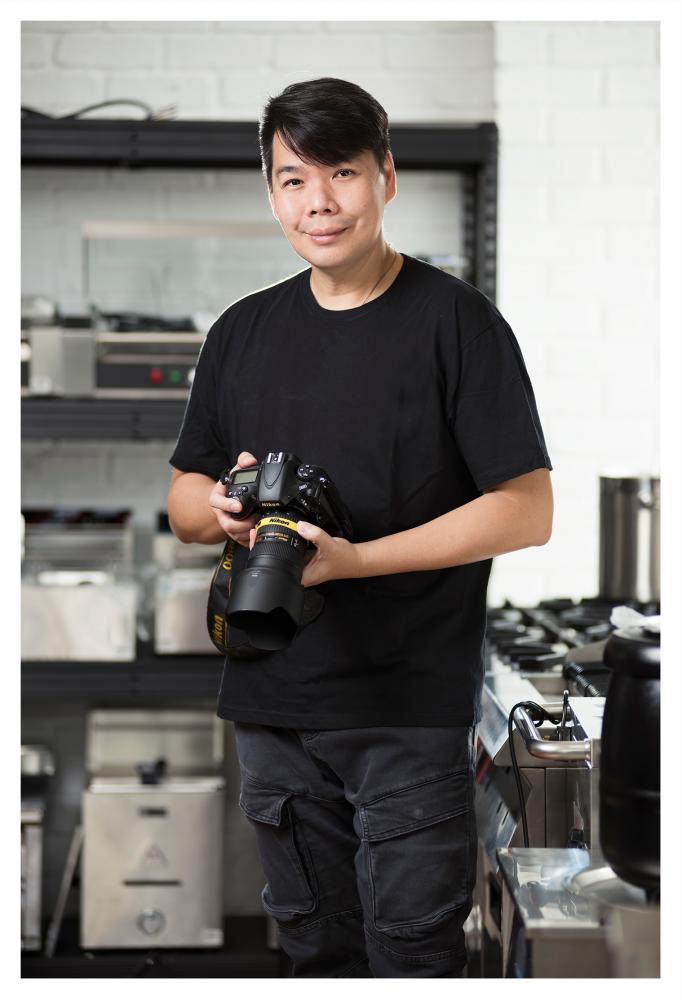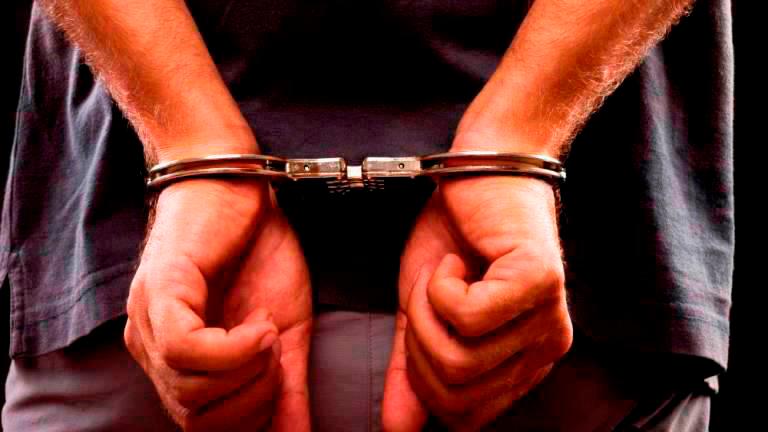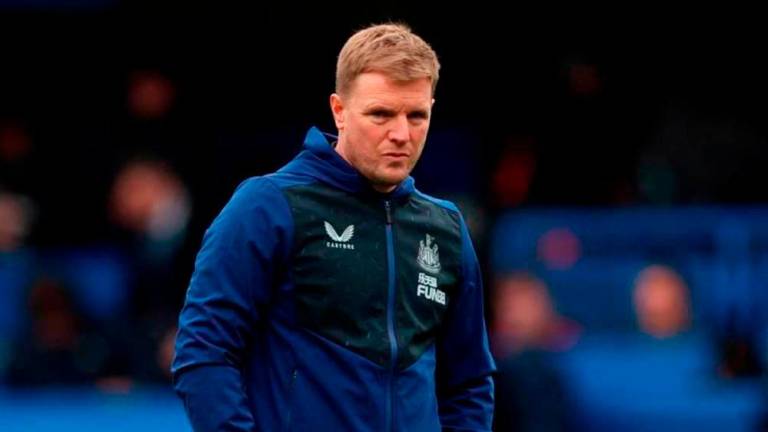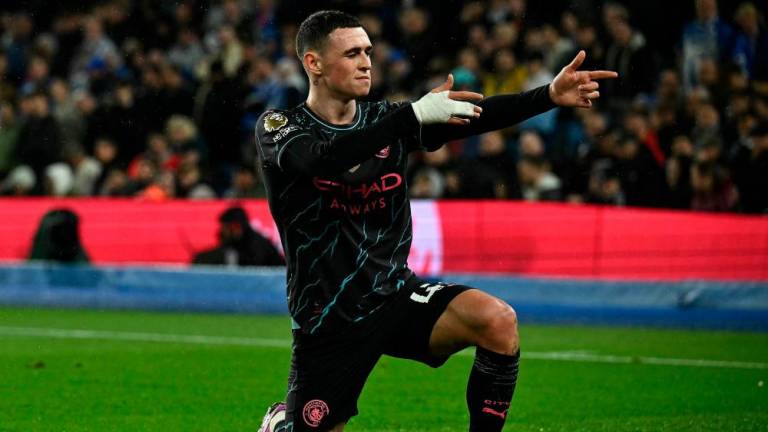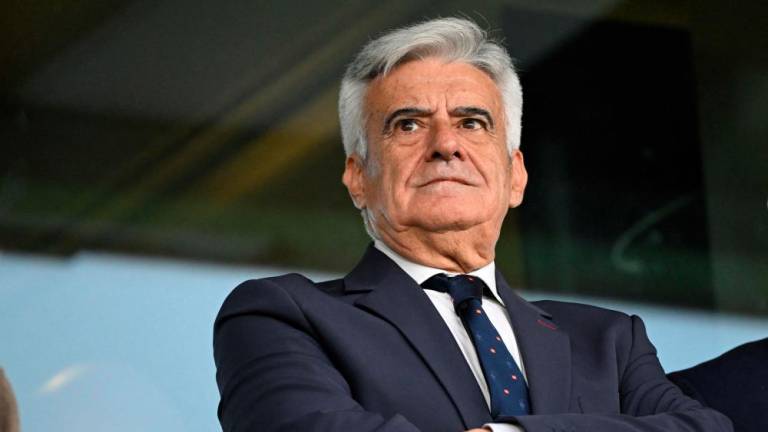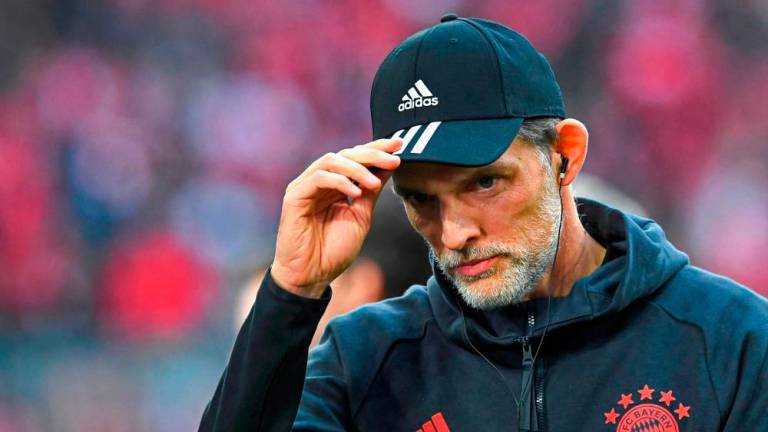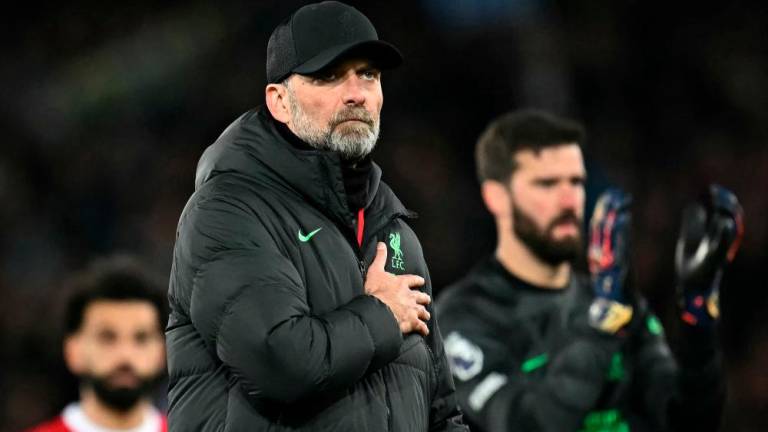AFTER 15 years of working in human resources, Nigel Low left the structured life of a “salaryman” to pursue a career in photography.
Despite his secure niche in the corporate world, he longed for a fulfilling vocation that would allow him some personal time and present a creative outlet – something he found while wielding a camera.
“Photography was just a hobby at the time. I was just taking lots of pictures of landscapes, people and all kinds of things,” said the graduate in human resources studies.
“Since I was already doing that, I thought it would be good to venture into photography full-time.”
His desire to escape conventionality eventually led him to participate in a local photography competition, MySelangorlicious, in which he won the “Best Photo” category.
“It was a good opportunity for me to learn. And winning the competition gave me more confidence to pursue photography.”
What is the highlight of working as a photographer?
I think it would probably be the ability to secure major clients. Like recently, I worked with Thermomix from the German branch. I helped them to produce two recipe books and one of them was called The Malay Kitchen. Since there were not many good books in the market, they wanted me to focus on traditional Malay cuisine.
So, I worked very closely with a chef and it was about three months. And the book was actually submitted for the competition, The Gourmand World Cookbook Awards. It won the cookbook category. So, it was one of my major highlights, because your work is being recognised by people around the world. And of course, you get a lot of exposure from that.
Can you describe your creative process?
I take a lot of inspiration from Instagram, cookbooks and celebrity photographers.
When I look at their works, I always try to deconstruct how they were shot, understand how a work was composed in such a way that it has the ‘wow factor’. So, my creative process typically begins with visualisation – sketching the scene on my tablet.
I do this because I would like to see what matches in terms of props, colour and styling. Then of course, I would try to do that in the actual scene by putting all the things together. And as a perfectionist, every little detail matters simply because I want to make the picture look perfect.
What type of equipment do you use?
I carry more than 60 items for a set and this is just the equipment itself. It is not inclusive of the props like plates, bowls and wooden boxes. Many often assume food photography only requires one camera. But no, it is the camera, studio lights, lighting stand, laptop, clips and the tripods.
Hence, I have learned to be very systematic and maximise the space that I have. And when the client sees me at the site, they often get surprised by the number of things I have to bring. And again, this is not inclusive of the props. Those are another show altogether.
What is a common mistake new photographers make?
I think for one, which I see, is that they are not very particular about the tiny details in their pictures. For example, a little bit of sauce that drips on a grape. It goes unnoticed. Or things like how the noodles are very sloppy looking or the meat no longer looks fresh and moist.
Although these are tiny details, they have great impact on making the photo look more appetising and appealing. So yeah, I noticed a lot of new photographers do not take this into account and as a result, their photos do not turn out great.
What advice do you have for them?
Nothing beats experience, nothing beats trial and error. You can read all the books in the world and refer to all the YouTube videos you can find, but without hands-on practice, you will not be able to get there. And also, by criticising the photos. Like me, I am the harshest critic of myself. I tend to criticise my photos because I believe that they are never the best.
So, I relive the photos over and over again and try to find whatever is not right about the photo. This is how you can improve and get inspiration, getting information from everywhere. And so, I always tell people to begin with an end in mind. To always ask yourself what kind of photos you would like to achieve. And that goes back to my thing about deconstructing the whole photo and reconstructing it.
What are your plans for the future?
I would like to see my team and I take on a bigger portfolio. In fact, we are currently working with one now. It is a collaboration with a local private university where we are working on publishing a book for their culinary school programme. Yeah, (I like to) work with bigger clients with bigger budgets. Because only then can we create more elaborate photos with a bigger impact.



